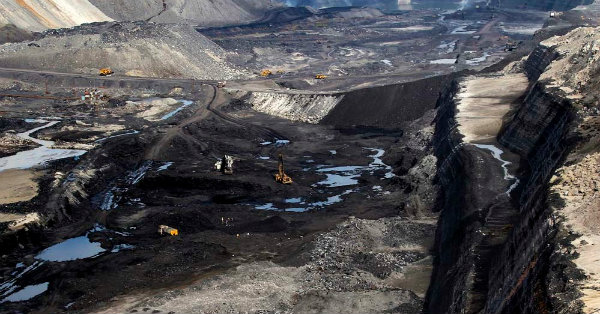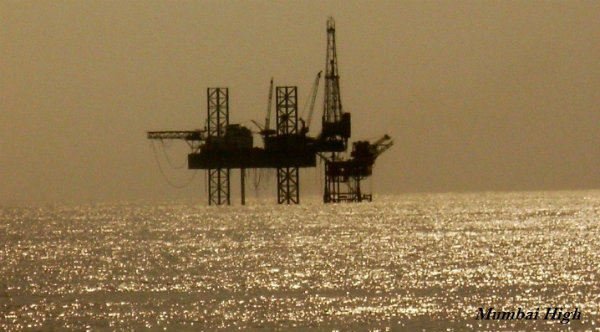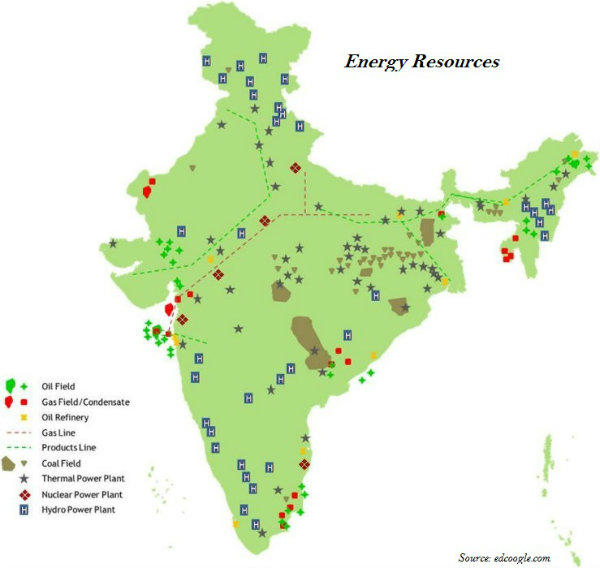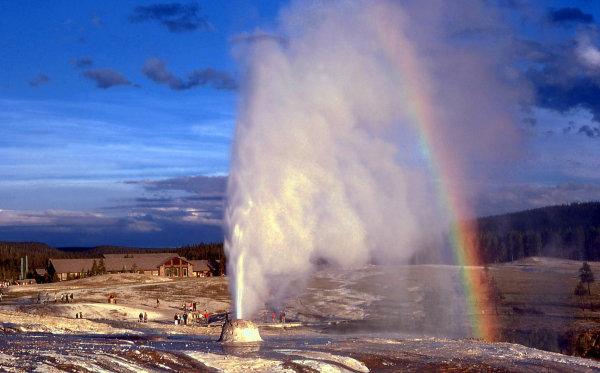
- Geography India - Introduction
- Geography India - Physical Aspect
- Geography India - Drainage System
- Geography India - Climate
- Geography India - Natural Vegetation
- Geography India - National Forest
- Geography India - Wildlife
- Geography India - Soil
- Geography India - Land Resources
- Geography India - Agriculture
- Geography India - Mineral Resources
- Geography India - Energy Resources
- Geography India - Industry
- Geography India - Transport
- Geography India - Communication
- Geography India - Foreign Trade
- Geography India - The People
- Geography India - Settlement
- Geography India - Migration
- Regional Development
- Geography India - Disasters
- Geography of the World
- Geography World - Introduction
- Evolution of the Earth
- Geography World - Climate
- Geography World - Transport
- Geography World - Communications
- Geography World - Population
- Human Settlement
- Human Development
- International Trade
- Geography Useful Resources
- Geography - Online Quiz
- Geography - Online Test
- Geography - Quick Guide
- Geography - Useful Resources
- Geography - Discussion
Geography India - Energy Resources
Introduction
-
Major sources of energy in India are classified as −
Conventional sources (e.g. coal, petroleum, and nuclear power).
Non-conventional sources (e.g. solar energy, hydro energy, geo-thermal energy, etc.)
Fossil fuel or conventional sources of energy are found exhaustible in nature and also not environmental friendly; on the other hand, the non-conventional sources of energy such as solar energy, wind energy, geo-thermal energy, tidal energy, etc. are renewable sources of energy and they are also environmental friendly (as they do not pollute environment).
Coal
About 80% of the coal deposits in India is of bituminous type and is of non coking grade.
The most important Gondwana coal fields of India are located in Damodar Valley region.
Raniganj, Jharia, Bokaro, Giridih, and Karanpura are major coalfields of Jharkhand-Bengal coal belt.

Jharia is the largest coal field followed by Raniganj.
Other important coal mines are Singrauli (partially in Madhya Pradesh and partially in Uttar Pradesh); Korba in Chhattisgarh; Talcher and Rampur in Odisha; ChandaWardha, Kamptee, and Bander in Maharashtra; Singareni in Telangana; and Pandur in Andhra Pradesh.
Tertiary coalfields are largely located in Darangiri, Cherrapunji, Mewlong, and Langrin in Meghalaya; Makum, Jaipur, and Nazira in upper Assam; Namchik Namphuk in Arunachal Pradesh; and Kalakot in Jammu and Kashmir.
The brown coal or lignite are found in the coastal areas of Tamil Nadu, Pondicherry, Gujarat, and Jammu and Kashmir.
Petroleum
Hydrocarbons of liquid and gaseous states varying in chemical composition, color, and specific gravity are collectively known as petroleum resource.
Petroleum industries produce various by-products; for example, fertilizer, synthetic rubber, synthetic fiber, medicines, vaseline, lubricants, wax, soap, and cosmetics.
Crude petroleum normally occurs in sedimentary rocks of the tertiary period.
For the systematic oil exploration and production, the Oil and Natural Gas Commission was set up in 1956.
Digboi, Naharkatiya, and Moran are important oil producing areas in Assam.
Ankaleshwar, Kalol, Mehsana, Nawagam, Kosamba, and Lunej are the major petroleum producing regions in Gujarat.

Located 160 km off Mumbai, Mumbai high, an offshore oilfield was discovered in 1973. Production of petroleum at the field was started in 1976.

Krishna-Godavari and Kaveri basin on the east coast are significant regions of petroleum production.
Oil extracted from the wells remains in crude oil form and contains many impurities; hence, it needs to be extracted in oil refineries.
Based on destination, there are two types of oil refineries oil-field based (e.g. Digboi) and market based (Barauni).
To transport and develop the market for natural gas, the Gas Authority of India Limited was set up in 1984 (it is a public sector undertaking).
Though natural gas reserves have been located along the petroleum reserves, but some exclusive natural gas reserves are found along the eastern coast of Tamil Nadu, Odisha, and Andhra Pradesh; as well as around Tripura, Rajasthan, and off-shore wells in Gujarat and Maharashtra.
Nuclear Energy
Essential minerals used for the generation of nuclear energy are uranium and thorium.
Geographically, uranium ores are found at many different locations along the Singbhum Copper belt.
Other important uranium reserve regions are also found in Udaipur, Alwar, and Jhunjhunu districts of Rajasthan; Durg district of Chhattisgarh; Bhandara district of Maharashtra; and Kullu district of Himachal Pradesh.
Thorium is mainly obtained from monazite and ilmenite, which is largely found along the coast of Kerala and Tamil Nadu.

Palakkad and Kollam districts of Kerala have the worlds largest monazite deposits (as shown in the image given above − larger view in insat image).
Atomic Energy Commission was established in 1948 and the Atomic Energy Institute at Trombay was founded in 1954.
However, the Atomic Energy Institute at Trombay was renamed as Bhabha Atomic Research Centre in 1967.
The important nuclear power projects are located at Tarapur (Maharashtra); Rawatbhata near Kota (Rajasthan); Kalpakkam (Tamil Nadu); Narora (Uttar Pradesh); Kaiga (Karnataka); and Kakarapara (Gujarat).
Solar Energy
Solar energy is 7% more effective than coal or oil based plants and 10% more effective than nuclear plants.
The western part of India has greater potential for the development of solar energy.
Other Sources of Energy
The Ministry of Non-conventional Sources of Energy is responsible for the development of wind energy in India as the major source of renewable energy.
Ocean currents are the store-house of infinite energy. Hence, India has great potential for the development of tidal energy.
Natural hot springs and geysers are being used since medieval period, but in the present world, these could be potential sources of renewable energy.
Manikaran, a hot spring in Himachal Pradesh is a major renewable source of energy in India.

Bio-energy is the energy derived usually from the biological products, such as agricultural residues and other bio-waste.
Bio-energy can be converted into electrical energy, heat energy, and gas for cooking.
Okhla in Delhi presents a good example by producing bio energy from municipal waste.